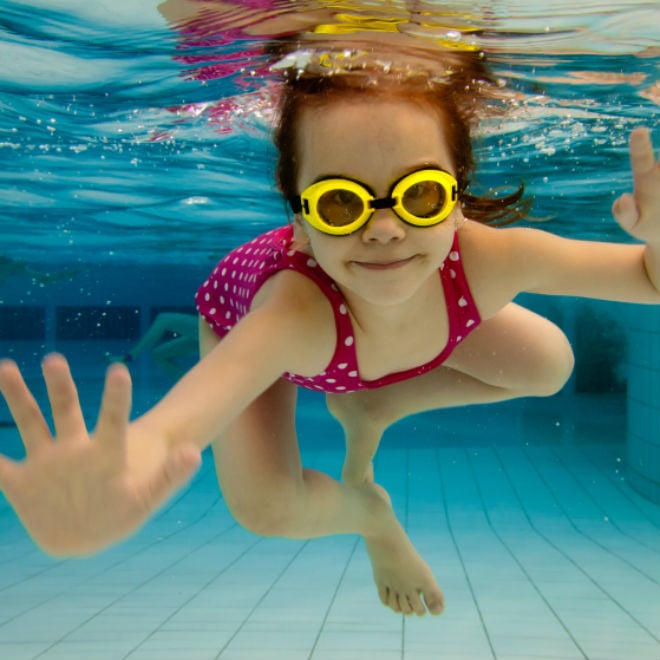Though rare, secondary drowning can be fatal if warning
symptoms are ignored. Anytime someone (children and adults alike)
inhales even a small gush of water (shower, pool, lake or ocean) it can irritate
the lungs and cause swelling. Usually very little water is present in
the lungs when secondary drowning occurs, but the small amount of liquid
is enough to hinder the lungs ability to provide oxygen to the
bloodstream.
 |
| Photo: iStockphoto |
A dip in the pool or lake on a hot summer day is a fun and refreshing activity for many families. But, as we all know, it can be dangerous, too. Drownings in children can occur in less than 30 seconds and in less than half an inch of water, making the need to closely and constantly monitor children in the water common knowledge.
Still, drowning is sadly one of the most common causes of accidental death in children ages one to four. But what if your child has a near-drowning experience or gulps a bit too much water after an unexpected submerge? They’re OK, right? While they might seem that way after the initial dunk, a condition called secondary drowning is putting parents on high alert.
Here’s what to look for:
- lethargy or extreme fatigue
- difficulty breathing
- irritability or mood swings
- chest pain
- shortness of breath
- persistent cough
- fever
Prevention Like most things, prevention is key. Try enforcing water rules the same way you would about car safety—holding hands in the parking lot, looking both ways before crossing the street—with poolside and water safety. Educating children as early as you can about the dangers of the water and putting kids in swimming lessons as early as possible will help them to develop into strong swimmers and be comfortable in and around water.
Credit: Todaysparent.com


0 comments:
Post a Comment
PLEASE BE POLITE